Exploring Little Tibet
- Aditi Lad

- Jun 26, 2022
- 6 min read
Updated: Jun 29, 2022
Julley everyone! Wondering what that first word meant? It means 'Hello' in Ladakhi dialect.
Hope everyone is doing well post the couple of traumatic years that we all have been through. It brings me immense joy to travel once again and coming back with great stories and experiences to share with you through this blog. The past couple of years have been taxing both physically and mentally and this vacation was an absolute relief. Let's wander through this beautiful land and experience this beautiful journey.

Flying early morning has its own perks...getting to witness the sunrise. But what followed was absolutely breathtaking! We had the pleasure of flying over the mighty Himalayas.
We landed at the Kushok Bakula Rimpochee Airport which is a military controlled airport and does not permit any form of photography or videography.
Did you know? - Ladakh airports permits commercial travel only for 6 hours during the day between 6 am and 12 pm post which the airport is used as a military base.
Ladakh is located at higher altitude, about 11000 m above sea level which could result in altitude sickness due to oxygen shortage. It is recommended for tourists travelling by air to use tablets to help cope with the altitude issue.
Did you know? - Ladakh governance has made 48 hrs acclimatization mandatory in Leh for tourists before further travel through the UT


Our actual tour started on Day 2. We started our tour with a visit to Shey Gompa. 'Gompa' is a Tibetan word for monastery or temple. This monastery is about 15 kms away from Leh city and the drive to this monastery is through military bases surrounded by the beautiful snow capped mountains.







Shey palace was initially the royal residence of the Namgyals till 1500. Post losing their power and money, the main palace was shifted to Leh city during mid 15th century while this palace was then converted to a monastery during the 16th century. The current generations of the Namgyals continue to live far into the hills as could be seen from the monastery.
The palace has a 12 m tall statue of Shakyamuni Buddha in a sitting position guarded by his two main disciples a.k.a Buddhist Lamas or Arhats
The walls of the palace are painted to represent the Buddha in different positions. Additionally, the monastery is adorned by 'butter lamps' considered as prayers and are a symbol of peace and prosperity.


While we went around the monastery, we came across the prayer wheel or Wheel of Dhamma, a few rock engravings and a chorten or Stupa.
Who were the Namgyals? Post the establishment of Ladakh and Tibet, the Lhachen dynasty came into existence under the Lhachen - Dragsoa-Ide reign and it was under king Yesh-es-od of Guge that the region prospered. Bhagan, the grandson of Yesh-es-od found a new dynasty called "Namgyal" post the disintegration of the Ladakh empire. The third successor of Namgyals managed to bring the Muslims and Buddhists in Ladakh under one roof by marrying Khatun - a Balti princess and daughter of the ruler Ali Mir. Their son - Sengge Namgyal, at a very young age became the heir of the throne and aimed to protect Buddhism and the monasteries from Islamic influence. The Namgyal dynasty ended post the fall of the last ruler Tsepei Tundup Namgyal who ruled from 1820 to 1834.

Did you know? Ladakh was invaded by rulers from multiple religious faiths so one can find cultural traces of Tibetan, Muslim and Christianity within the region

The monasteries are decked with these colorful flags known as the Tibetan prayer flags or Lung ta meaning 'Windhorse'. The flags are imprinted with the mantra "Om Mani Padme Hum" meaning 'the jewel is in the lotus'. This mantra is said to release negative karma and achieve enlightenment. This mantra is also recited during the wheel of dhamma. This flag is hung usually at the top of the houses, around monasteries, or in open spaces due to a popular buddhist belief that the flag represents the ability to carry prayers and positive energy with the wind and keep away the evil spirits.
Did you know? The five colors of the prayer flag represents the 5 elements of life. Blue represents sky, white for air, green for water, red for fire and yellow for earth.
Next up we went to one of the key monasteries in Ladakh - Hemis Monastery. This monastery is about 50 kms away from Leh across the Indus (Sindhu) river and was built with the support of king Sengge Namgyal in 16th century. The monastery also accommodates the residences of monks behind the humongous structure of the monastery and schools for young monks upto 6th post which they are sent to the deemed university of Buddhism in Leh city.

King Singge Namgyal was a devoted worshipper of the scholar of Drukpa a.k.a Red Hat sect from Tibet - Staktsan Raspa. He requested the king that preachings of Drukpa sect should flourish in Ladakh region and thus the monastery was established.
It is said that a monk from the 11th century who spent majority of his time meditating, predicted the establishment on a monastery at the said location. Post which the monk settled in a nest about 2kms away from the monastery and continued to meditate throughout his life. The monks based out of Hemis continue to practice the meditation which can go upto 3-4 years.

The walls of the monastery are adorned with beautiful paintings of Buddha that depict his three forms. First is the Dharmakaya form which represents the absolute original form. Second is Sambhogakaya form that represents enlightenment and appears distinctive and the last is Nirmanakaya form which represents emanation of the body.
At the top of the monastery is the temple of Guru Padmasambhava. This place acts as a host to the traditional annual Hemis Tse-chu festival held as per Tibetan calendar during June or July. The monks celebrate this festival through masked dance dedicated to Guru Padmasmbhava that symbolizes victory of good over evil. This festival was introduced by the second Skatsang Raspa to celebrate the birth of the Guru.

The assembly hall in the monastery has its walls adorned with paintings of the 8 Buddhist Dharmapalas or protectors while the hall paves way towards the statue of Gyalpo, the protector of the monastery. The protector, is said, to have come along with the founder of the monastery - Lama Staktsang Raspa and was bestowed upon the responsibility of protection. The rest of the assembly hall has desks alligned where the monks are seated as per their seniority. The current head of the monastery is Skyabgon Staktsang Raspa and currently resides in Tibet.
Another wall of the monastery has a wall painting of Buddha along with his 16 Arhats (disciples). After Buddha, attained nirvana, the 16 Arhats gathered together to collect and study the preachings of Buddha and then dispersed to different countries. The first country they visited was China, where the disciples were requested by their followers to stay longer in order to continue the preachings, The disciples politely rejected the request due to time constraint and instead asked the followers to create these paintings that could help the followers learn and practice. And that's how the practice of these wall paintings began and these 16 Arhats are worshipped all across Buddhism.
Did you know? Budhhism has 4 main sects -Nyingma, Drukpa, Gelugpa and Sakya. The leaders of these sects are chosen on the basis of reincarnation.
Next stop of the day was Thiksey Monastery.

This monastery symbolizes the Gelugpa or Yellow-hat sect and is located about 20 kms from Leh almost on the banks of the Indus river. It accomodates about 10 temples and a nunnery and has a two-storeyed statue of the Maitreya Buddha that sits in the Lotus position and is beautifully decorated with jewels and ornaments.
We concluded our trip to a visit to the Sindhu Ghat. We happened to catch glimpse of the pristine blue waters of the Indus river but what better way to end the day than to relax at the bank.



After a wonderful day of exploring the Buddhist culture and relaxing at the banks of Indus river, we came back to the hotel with new found interest to learn about the culture and tradition of Ladakh and explore every inch of the region.
Despite a tiring day, the beautiful sunset view right from the hotel was rejuvenating.




During the week that we spent touring Ladakh, there has been a lot learnings and new experiences understanding the culture and terrain of this beautiful region. As much I'd like to share all of the experiences at once, I understand it could be a little tiresome for you beautiful readers. And so, I have decided to split the blog into three parts, each addressing all the experiences in detail.
Before I go on working on the next part, I would like to take a moment to express my sincere gratitude to the team that made this tour hassle-free and a great exploration experience. I would also like to extend my thanks to Veena World for their adept arrangements and a comfortable travel experience.

(L-R) Mr. Jimmy Thapa - Local tourist guide, Mr. Prashant Save - Tour Manager, Veena World.
Hope you all enjoy reading the blog and patiently await the next part! Don't forget to like, comment and share the blog with your near and dear ones.
See you all soonest :)





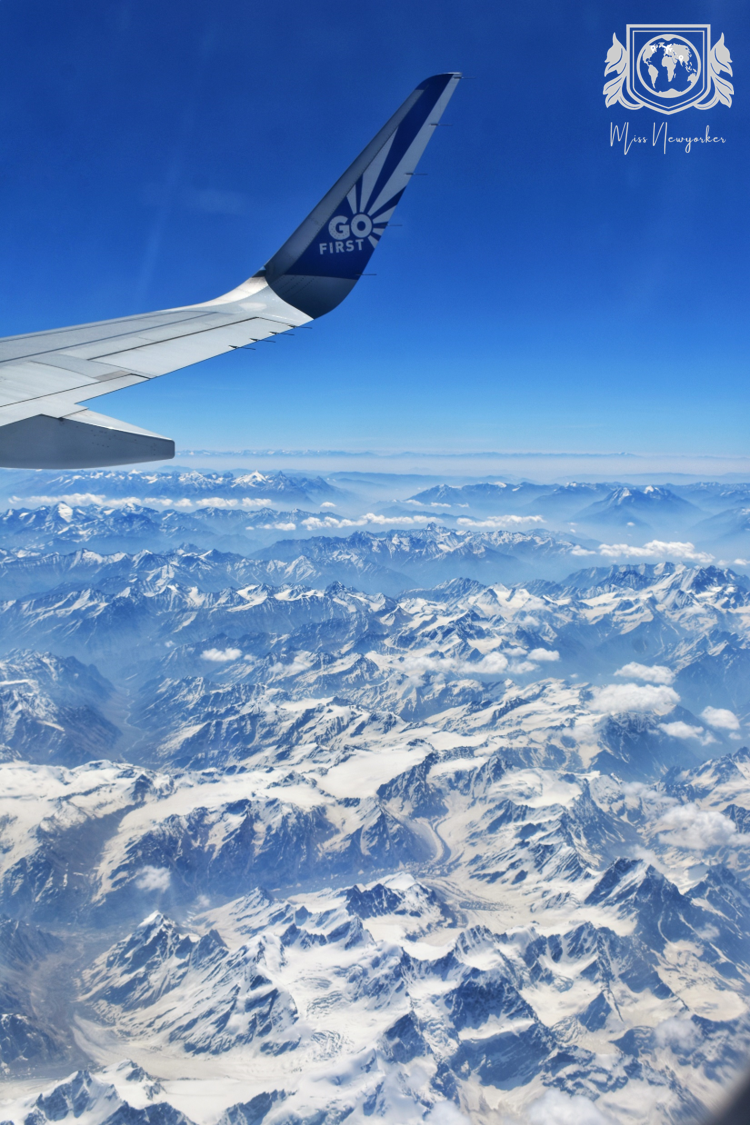

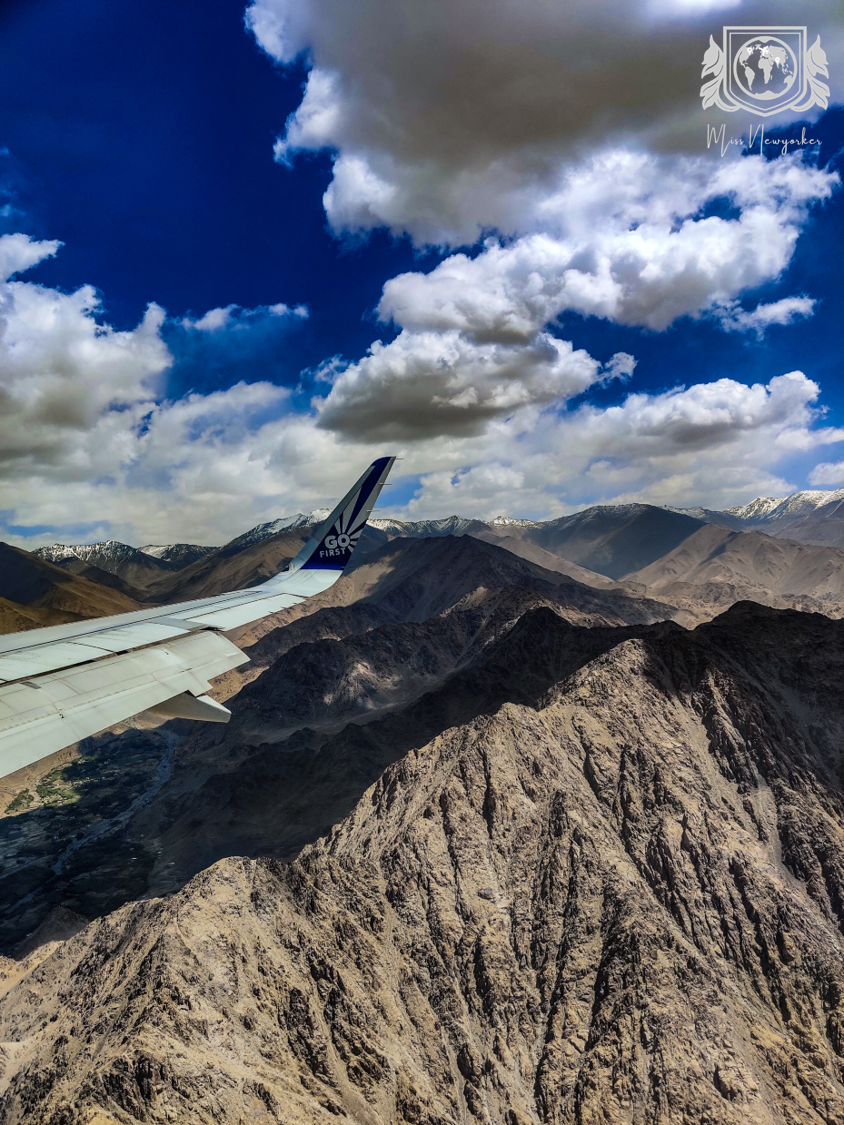

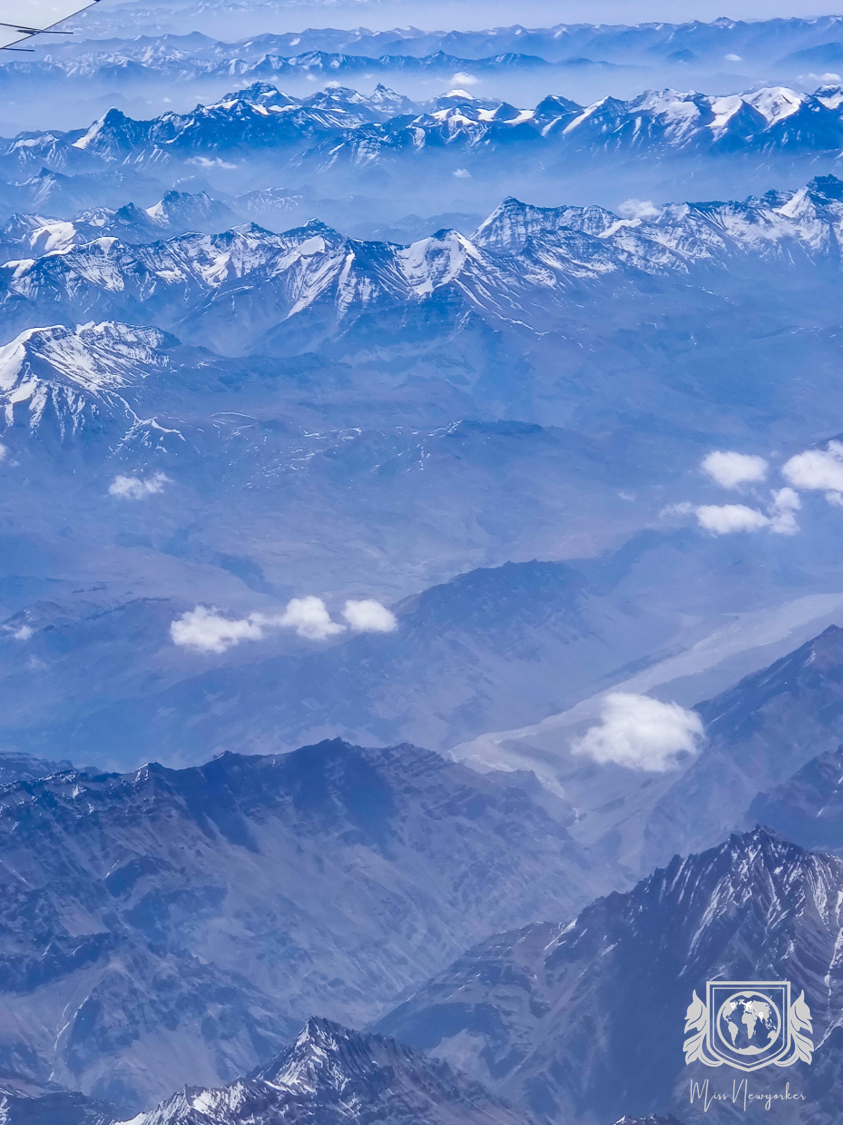

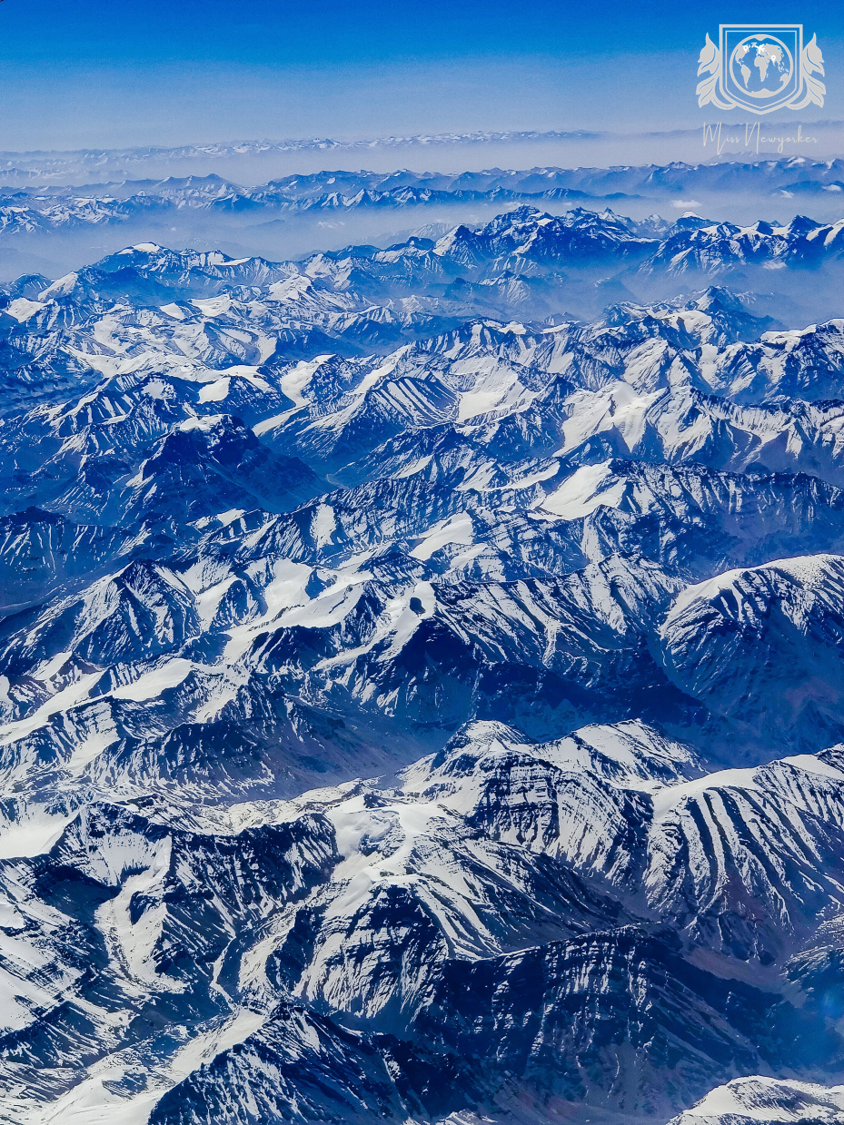

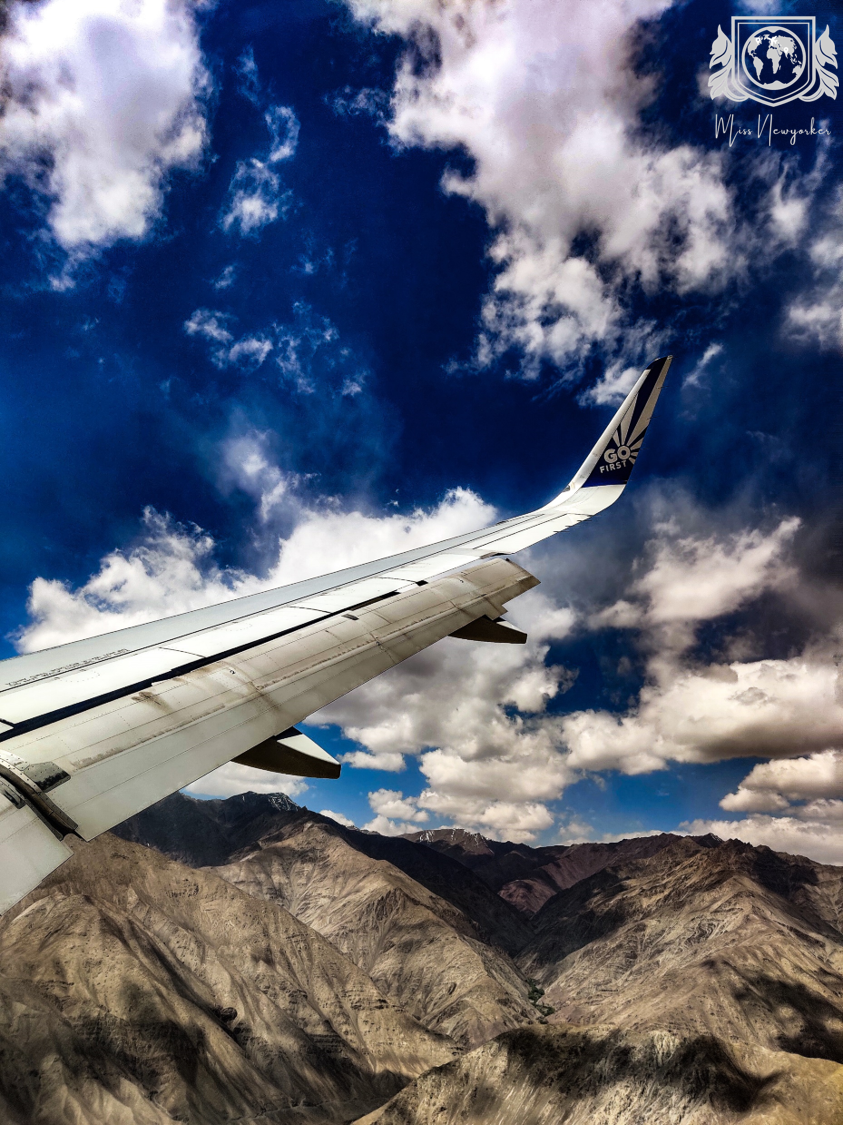

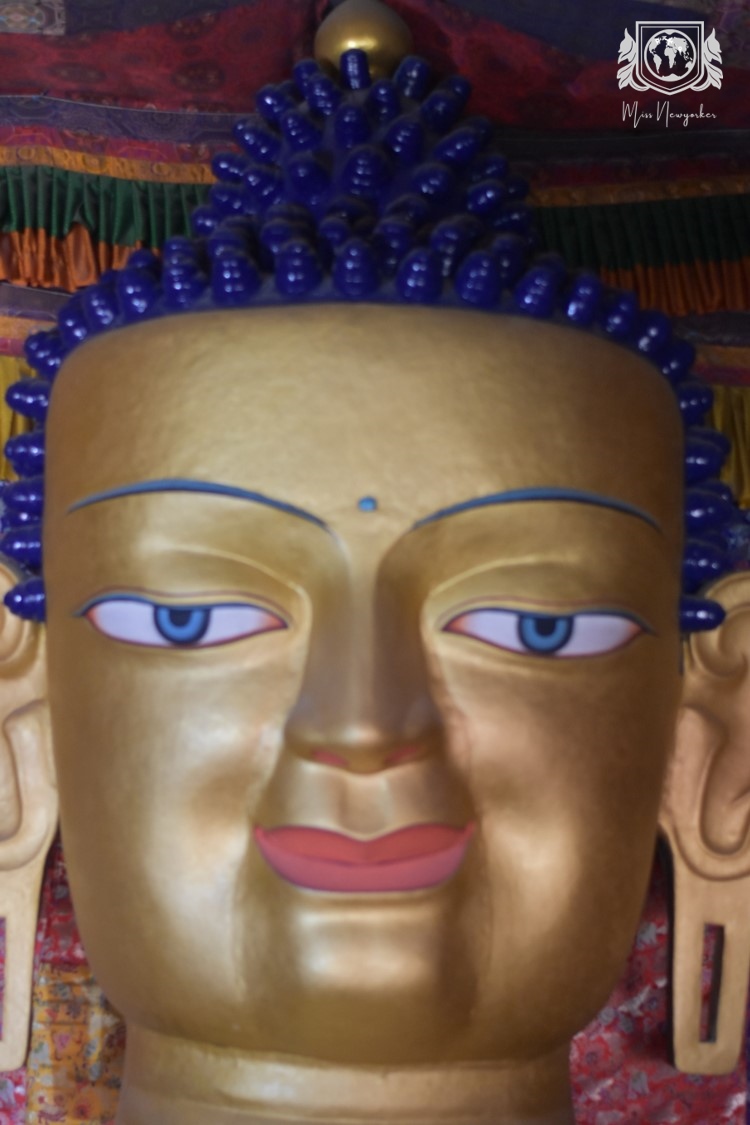

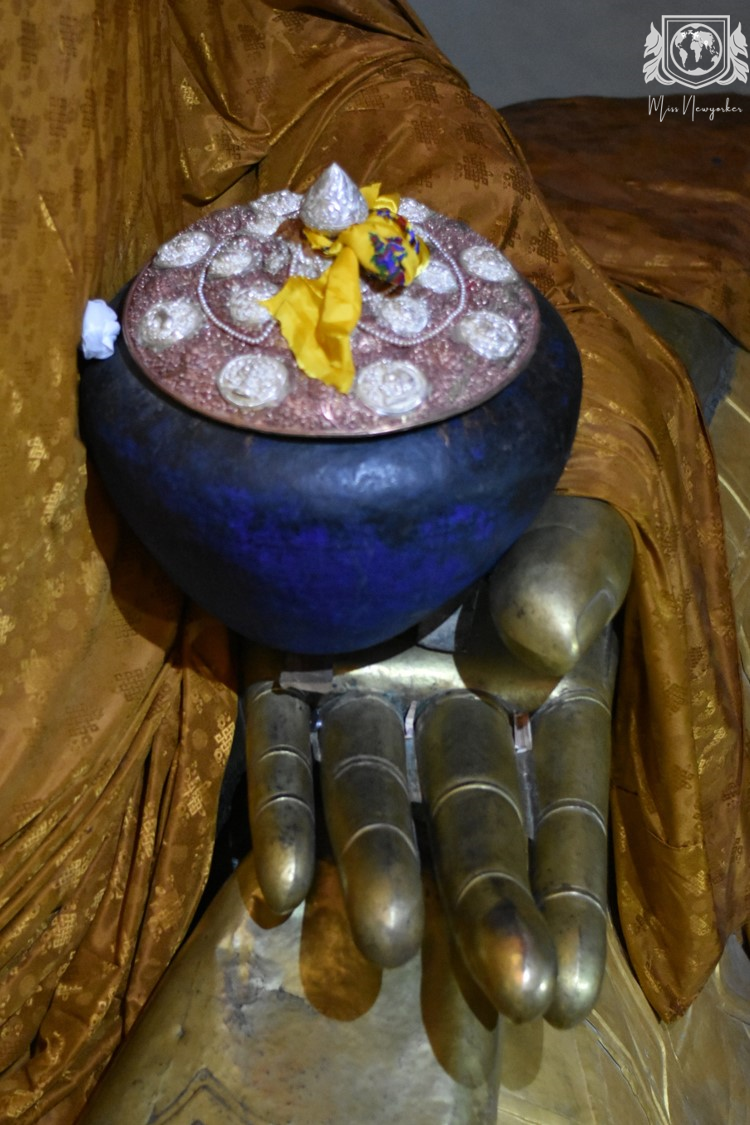

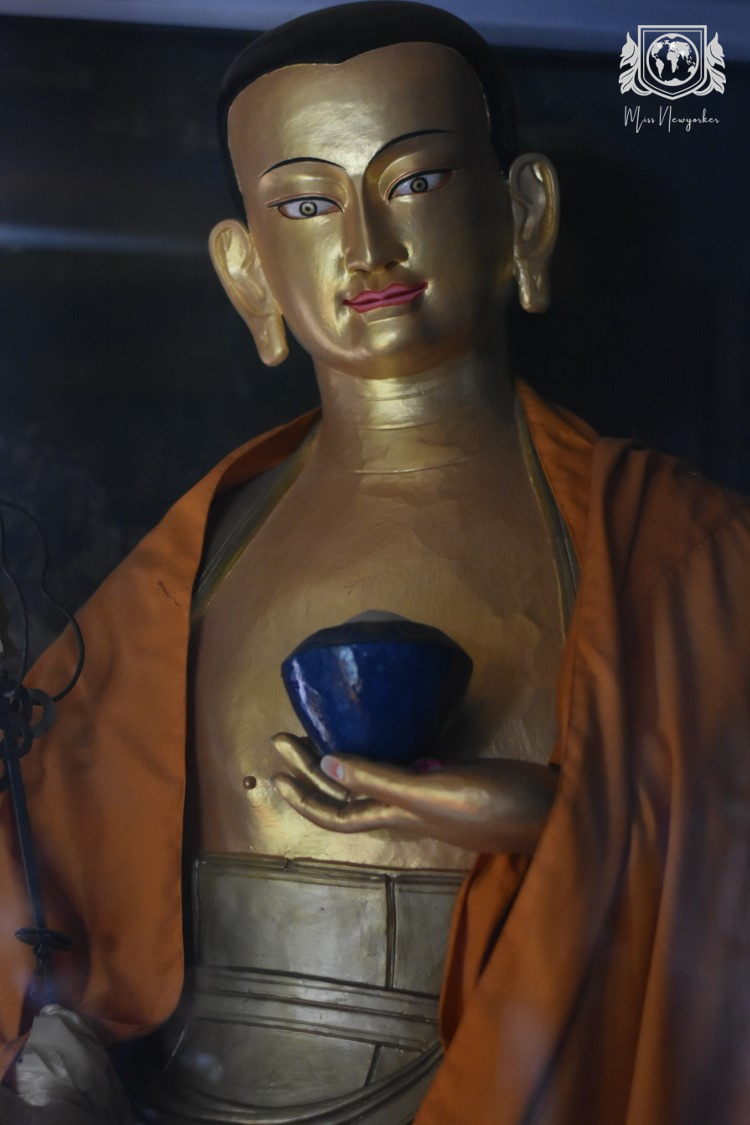

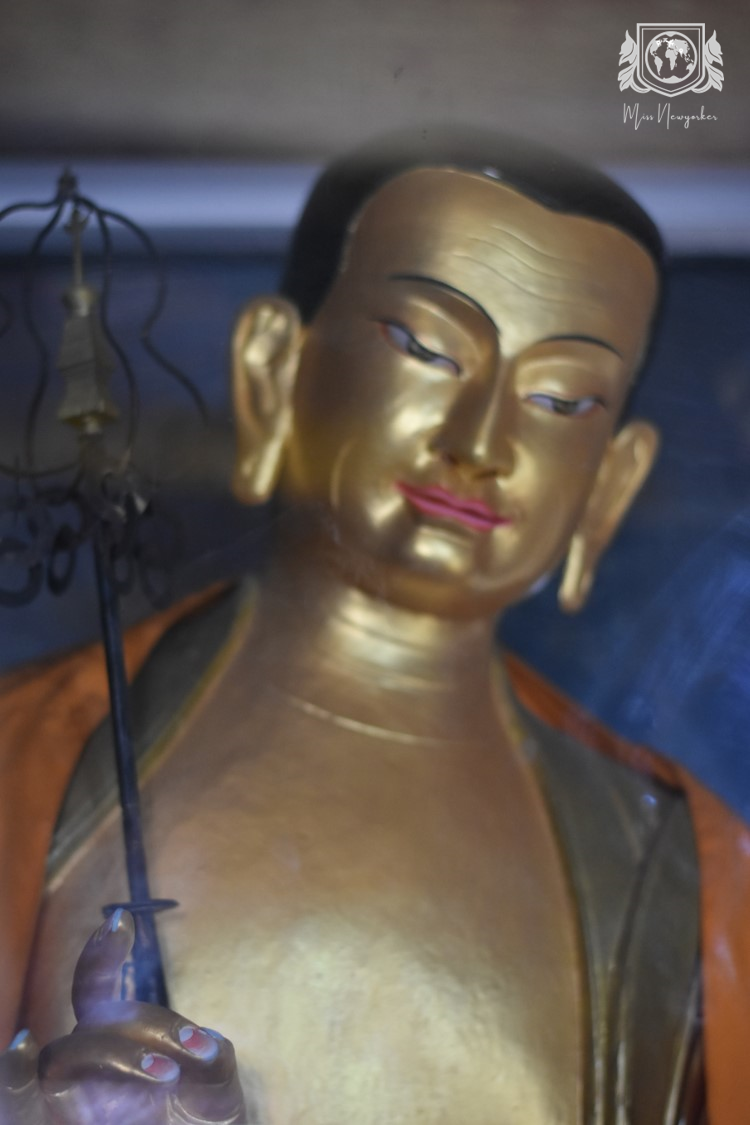

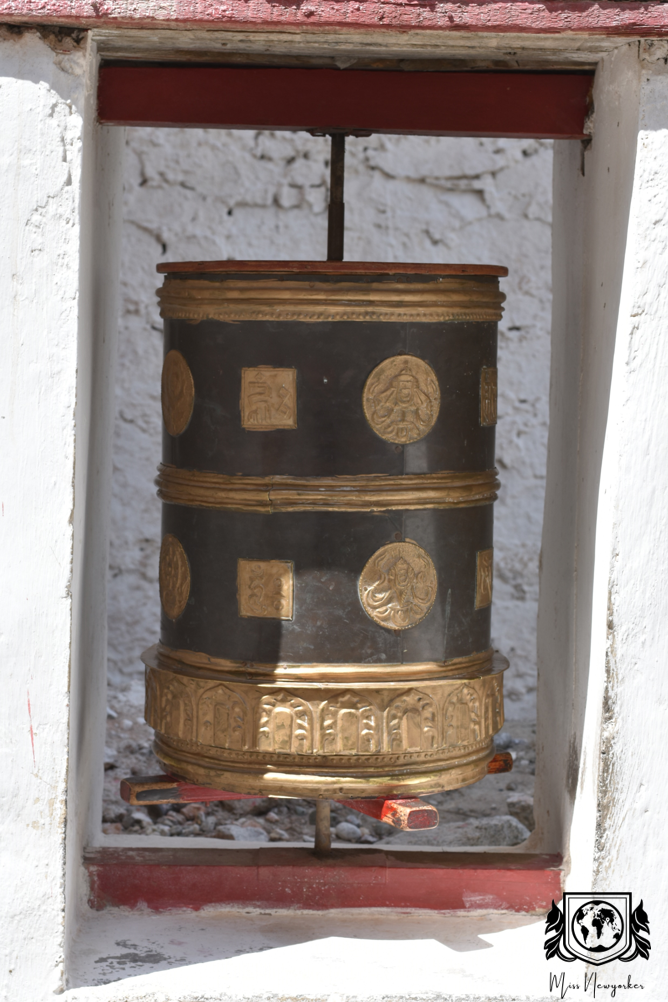







Very well written, reminded me of my Ladakh trip. The pictures are so beautifully captured, breath taking!